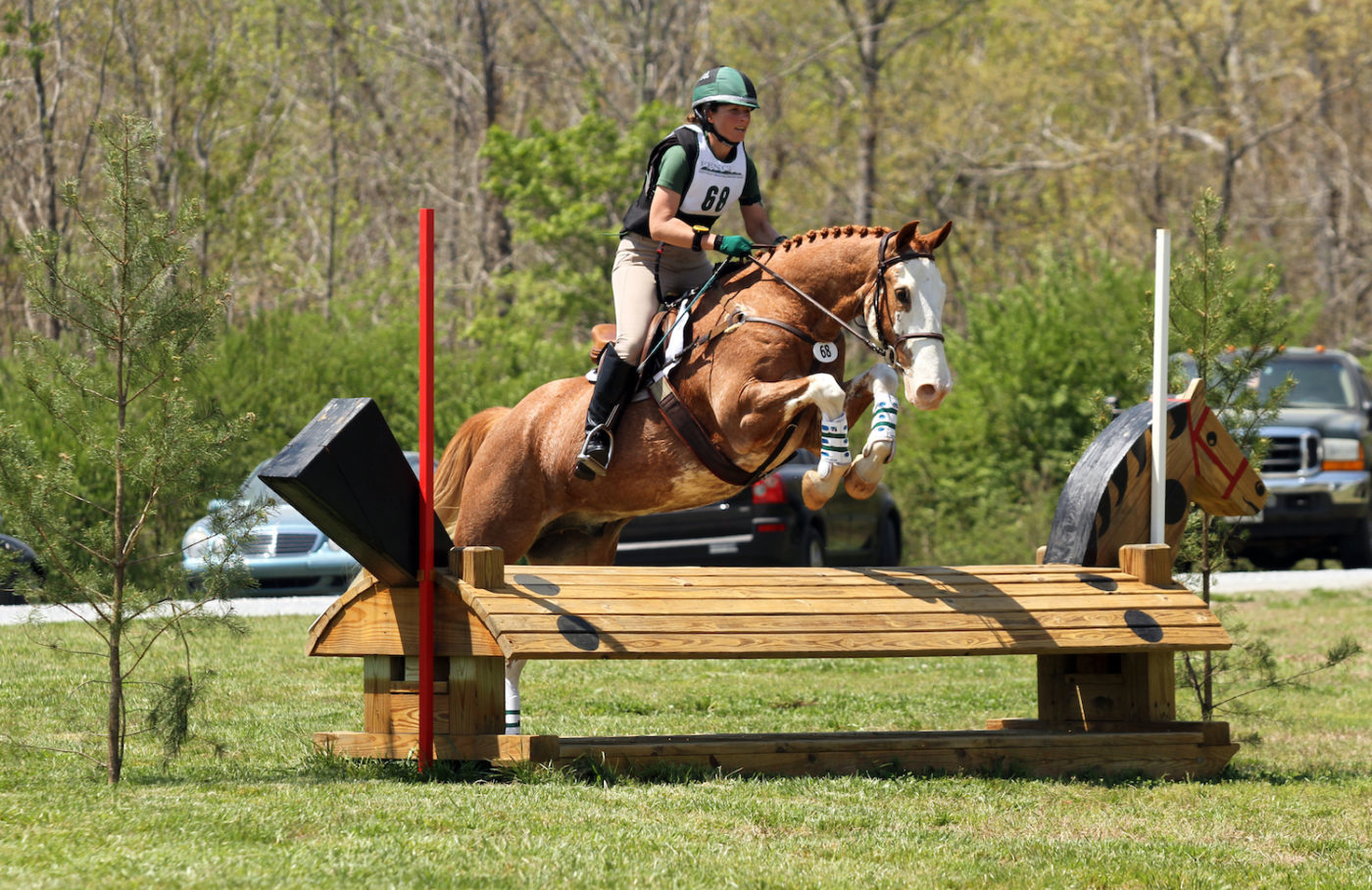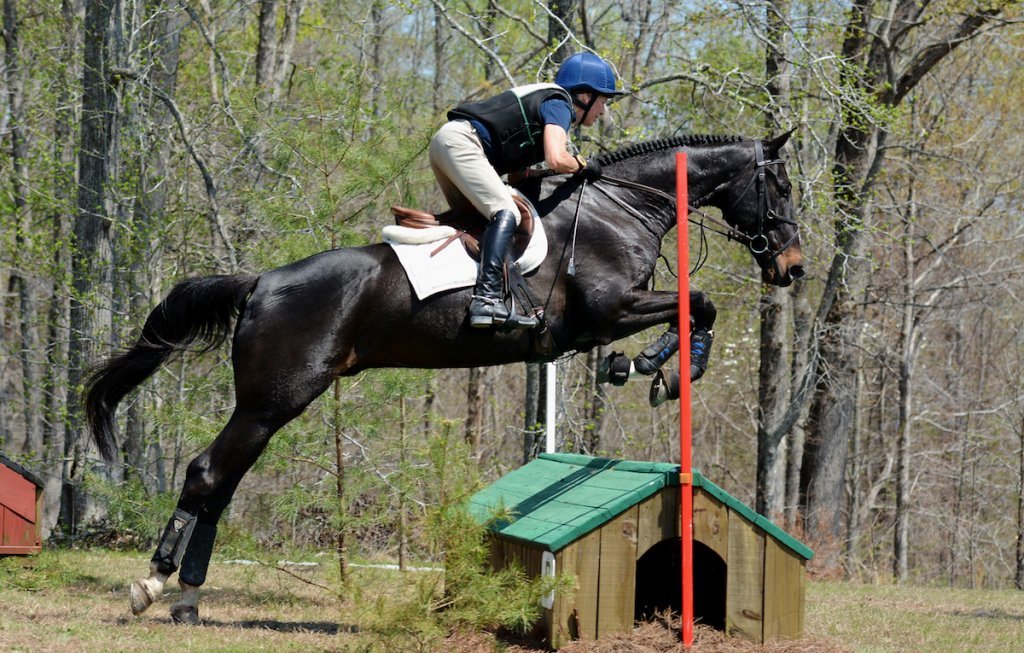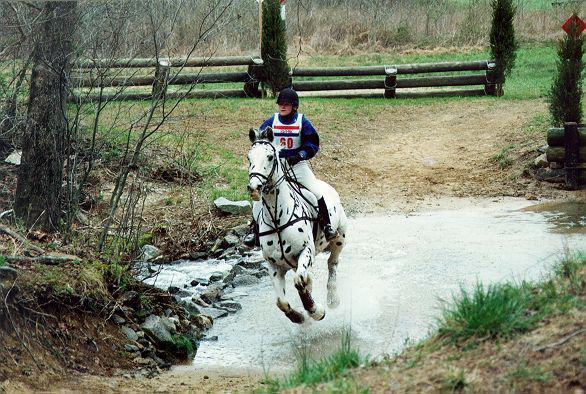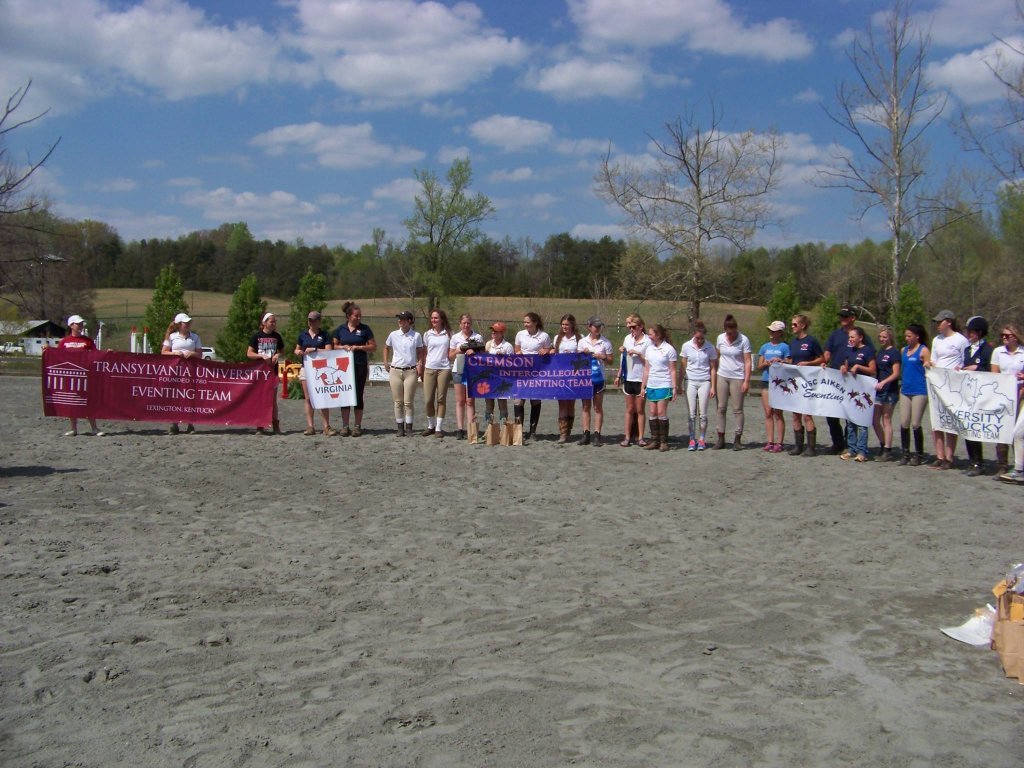Renew Your USEA Membership for the 2023 Season Today LEARN MORE

The Foothills Equestrian Nature Center (FENCE) Horse Trials in Tryon, North Carolina runs once a year as a part of Area III’s calendar in mid-April and offers Beginner Novice through Preliminary levels. FENCE is open year-round to equestrians, hikers, and birdwatchers, and hosts 9,000 elementary and high school students each year as a part of their outreach programs. FENCE is also home to Therapeutic Riding of Tryon (TROT), a program that provides equine assisted activates to adults and children with physical, development, and cognitive disabilities.
FENCE was originally established in 1984 by a land grant of 117 acres in Tryon, North Carolina, right on the border with South Carolina, that specified that the land should be used as a recreational, nature, and equestrian area. “Our five founding fathers put their heads together and wanted to have a community-friendly place where people could retreat to at any time, whether with their horses or dog-walking or do to a free program here,” recounted Tracie Hanson, FENCE’s Executive Director.
Once FENCE got off the ground, the founders recognized that they wanted to expand the property’s ability to host equestrian events. “The Mahler [family] donated 110 acres [to FENCE], which created our equestrian facility across the street,” said Hanson. FENCE’s first USEA recognized event ran in mid-March of 1991 under the name Foothills Horse Trials and became the FENCE Horse Trials in 1994. The event ran for many years in late March and early April before settling on their current mid-April date.

Molly Hooper Bull, FENCE’s organizer, recalls riding at the venue as a Pony Clubber in the 1980s and has very fond memories of competing at FENCE Horse Trials as a teenager. “It's a nonprofit organization that lots of people in the area use and us eventers are lucky to be able to use it as well,” she said.
The property has now expanded to include 384 acres of open meadow, hardwood forest, and marshland that are protected by a conservation easement, ensuring that the property will remain as it is for future generations. The equestrian facility across the road, which started with two show rings, two warm-up rings, and a steeplechase track, now encompasses over 300 permanent stalls in 11 barns, three lighted all-weather show rings including a large covered arena, and is equipped to host hunter/jumper, dressage, driving, steeplechase, and Pony Club events in addition to horse trials. They’ve also used the facilities for dog agility and they hosted their first rodeo last year.
The cross-country courses reside on the main side of FENCE’s property where the majority of the riding and hiking trails are. “It feels a little unusual to hack from the barn area to cross-country, because you literally ride underneath a highway, but there are always policemen on hand to make sure the riders are safe,” said Hooper Bull. Hanson describes the course terrain as rolling hills that sometimes present a challenge to their competitors, many of whom come from flat regions. “Sometimes [the terrain] can be a little more challenging, but it can also be exciting at the same time because a lot of eventers in our region are coming from flat land. Coming here and having the rolling terrain . . . can be quite a learning experience.”

Greg Schlappi is a locally-based course designer and builder who manages all the courses at FENCE. “[He] starts several months in advance moving jumps because we do allow schooling here throughout the year, but every year we’re moving jumps and adding new jumps,” Hanson elaborated.
Apart from the judges, officials, course designer, organizer, and secretary, all who work very hard on behalf of the event, Hanson praised the volunteers who come out every year and give of their time and energy to make FENCE Horse Trials happen. “[We have an] army of volunteers that make it go ‘round. For a two-day event, we spend months getting it up and running. Before it’s all done between the two days of eventing, we put through here about 140 volunteers that are just so dedicated, not only to the sport, but to FENCE. It’s their gift back to us for the facility that we provide. I think that our volunteers and our organizer make each and every one of our competitors feel like an individual instead of just a number.”
FENCE has some unique traditions that keep competitors coming back year after year. “We do a [cross-country] course walk on Friday nights,” described Hanson, “and on that course walk you get to stop and have heavy hors d'oeuvres, and if you do it just right you can eat a whole meal before it’s all over! Then on Saturday once everyone’s done competing we pull everybody back together on the show grounds for the competitors party where we serve them a meal and let them let their hair down for a little bit.”

Hooper Bull added that many competitors love the format of running dressage and cross-country on Saturday and show jumping on Sunday. “Many people really like that we do show jumping last, on Sunday, and then we have a victory gallop and awards after each division. A lot of events now run cross-country last so people don't get to be part of as many victory gallops as in the old days, and from what I hear from competitors they really like that part.”
FENCE has also hosted an Intercollegiate Team Challenge as part of their event for the last several years. “It’s really cool because we get [so many schools that come out to participate],” said Hanson. “University of Kentucky comes, University of Georgia comes, Clemson comes, and so many others.”

“It’s an exciting weekend, watching everybody come in, getting to see some of these very young green riders come out to compete,” said Hanson. “There are so many parts of the whole weekend that just keep you smiling.” Hooper Bull added that, “As the organizer, my favorite part is when the first horse goes out of the box on cross-country and then watching each division conclude safely.”
“The one thing I'd like competitors to know [about FENCE] is that we would love for anyone who hasn't come to FENCE before to give us a try, and hopefully those that have been will want to come back,” concluded Hooper Bull. “I am fairly new to organizing there but we want to get better each year and we love getting feedback from competitors on what we can do better next time.”
For Hanson, as long as the competitors had a good weekend, that’s all that matters. “People will say, ‘There’s no way that you can put on a perfect show,’ and I say, ‘No, we didn’t put on a perfect show, but our competitors didn’t know where any of the lumps and bumps happened. So yes, it was a perfect show.’”
The USEA is profiling the history behind all USEA recognized events in the USEA Events A-Z series.